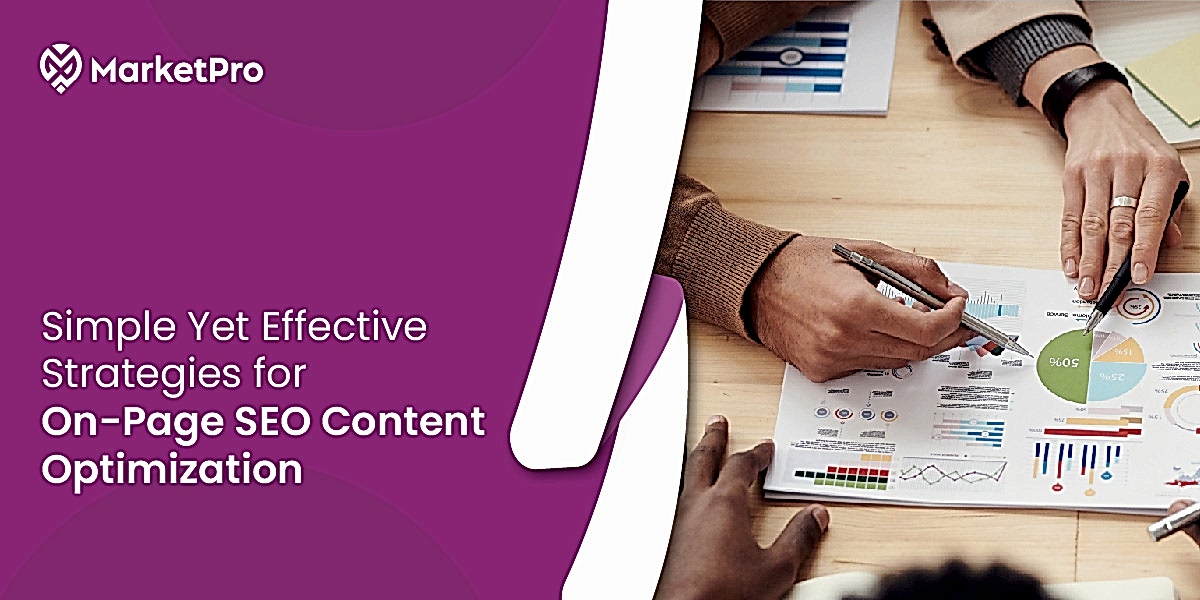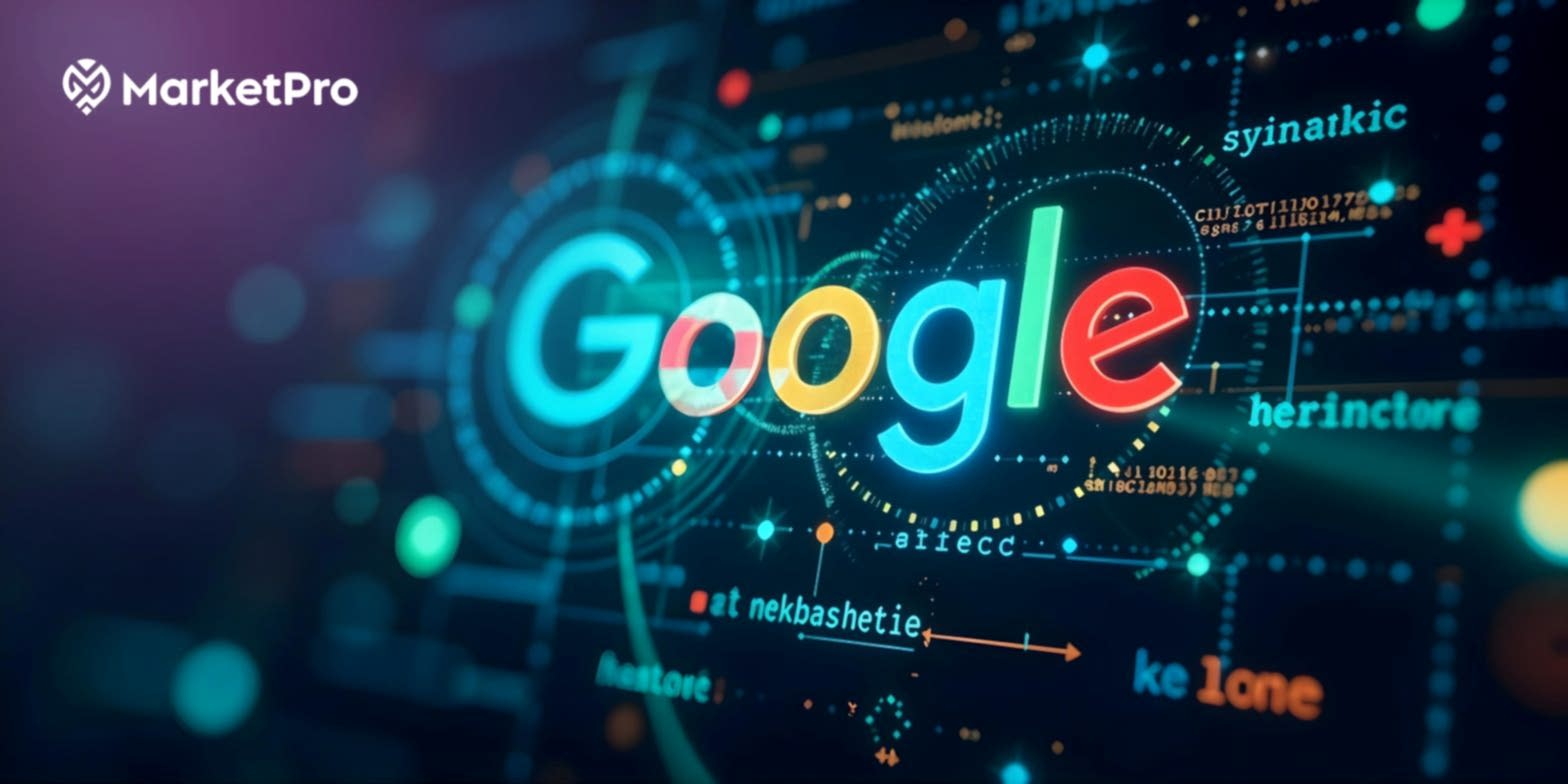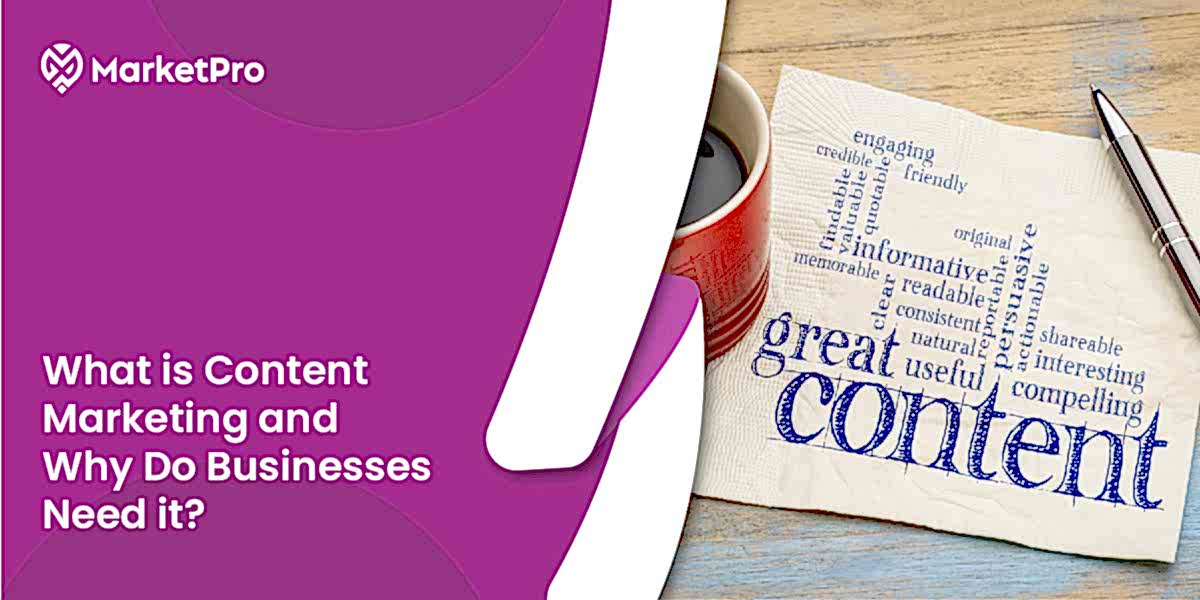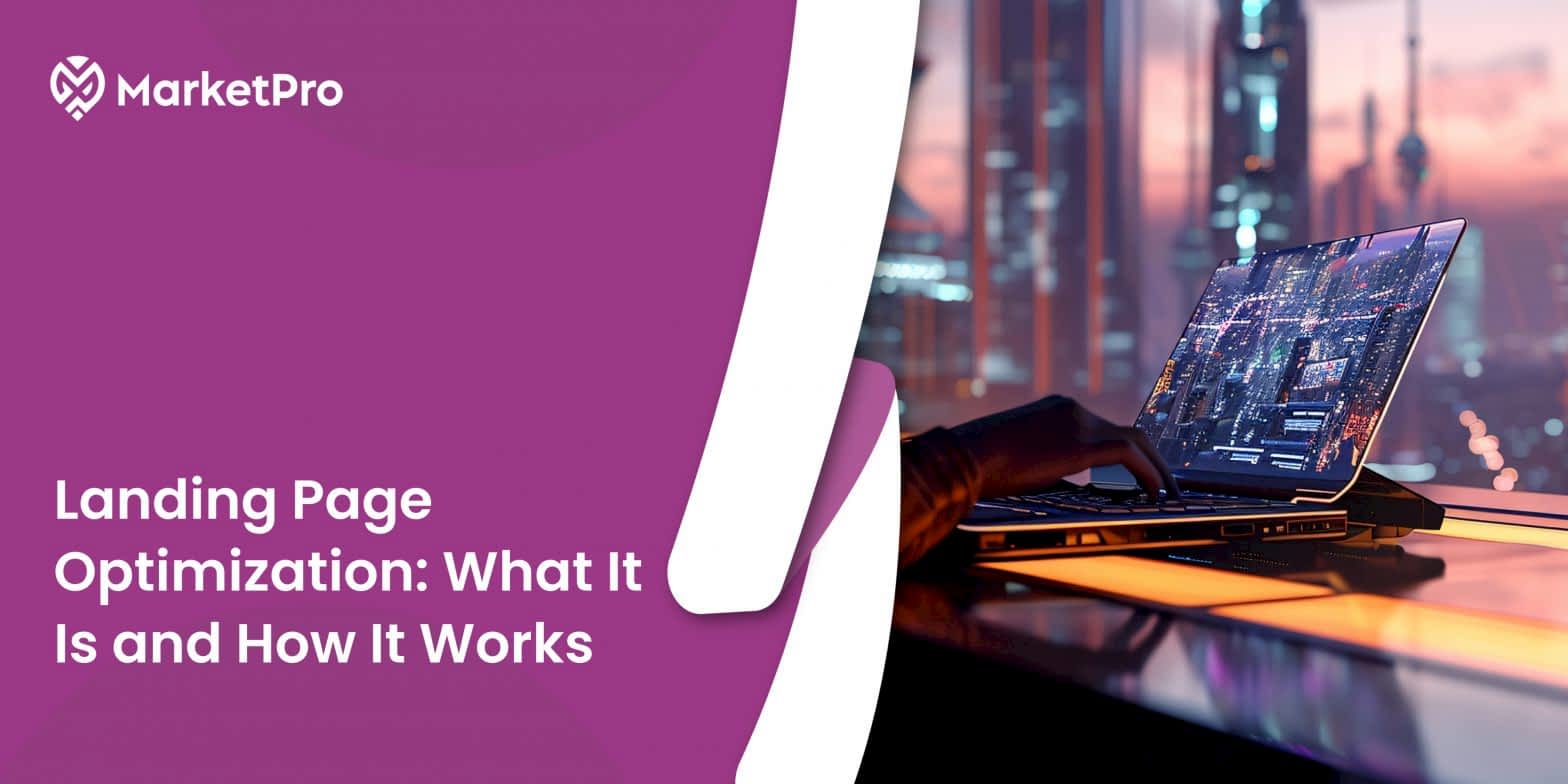Google handles almost all of the planet’s search traffic. It’s no surprise that practically every company and marketer craves a piece of that pie. However, there are other elements to consider while developing an SEO content optimization strategy. So, concentrate on the critical few who truly move the needle.
Let’s focus on the most critical aspects of on-page SEO. That’s where your site will gain quick accomplishments. Following the below-mentioned methods help improve your on-page SEO from the start. This will improve your organic SEO ranking and the revenue.
Understanding On-Page SEO
On-page or on-site SEO refers to the visibility optimization tactics used on the site that you have been trying to rank. In short, on-page content optimization for SEO alters or customizes a site’s material to make it appealing for visitors and search engine crawlers.
What entrepreneurs need to know about SEO is that they are writing for two audiences: regular visitors looking for valuable material and automated web crawlers that explore the Internet for relevant sites to classify and link to. Effective on-page SEO finds the ideal mix between engaging a human brain and including the keywords, technical metadata, and structure that web crawlers are looking for. If you are looking for affordable SEO content writing services, you can contact us.

Top Strategies for SEO Content Optimization
Put the Title of Post in <H1> Tag
The use of a heading tag, known as <H1> tag, is a critical component of an effective on-page strategy. This helps to highlight specific words on your website so that search engines can better grasp what the material is about.
Start the Title with a Keyword
As a general guideline, the post’s title should include the focused keyword. This is beneficial in two ways. It enables search engines to rapidly determine what the page is about. Additionally, it informs the user that this information is just what they are seeking.
Include Common Notices
This isn’t always a ranking element, but it’s worth mentioning for website owners. Several individuals intuitively understand the importance of including a copyright notice with images or published works. So, do you really need one on your website? A copyright note on a site is a good idea since it informs other parties that its contents may not be copied without the owner’s consent.
Add Modifiers in the Title
Anybody attempting to do on-site SEO should not underestimate the value of modifiers. A modifier is just any word that contributes to making a keyword more particular. For example, if the article is about assisting readers in finding the greatest affordable paralegal school in the area, the modifiers would be “best” and “cheap.” Ensure that those specific modifiers are mentioned in the headline so that the intended audience knows your post can provide them with the information they’re looking for.
Put Subheadings in <H2> Tags
A post can contain a number of different heading tags. <H2> tags are those that follow the crucial <H1> tags. <H2> tags are only used for subheadings that support the primary tag. The article will be better structured and easier to comprehend for readers as well as search engines if the keywords are included in header tags.
Add the Keyword in First 100 Words
Some individuals enjoy making long and dramatic introductions and then adding the keyword much later. Although this can often improve the general appearance of the section, there’s no excuse why you shouldn’t add keywords in the opening paragraph. The best strategy for any SEO content writer or an organic search engine optimization agency is to place the main keyword within the very first 100 words of the article.
Use LSI Keywords
LSI is an abbreviation for Latent Semantic Indexing. If it puzzled you, don’t worry; LSI keywords are simply words that are linked to the selected keyword. Don’t know which LSI keywords should be used? Simply enter the keyword on Google. Scroll down to the end of the results section and look for the “searches related to” section; these are LSI keywords.
Insert Internal Links
Internal links are active hyperlinks in the article that take the visitor elsewhere on the exact same page or site, whether it’s a paragraph, image, or a completely separate topic. It is a good idea to provide seven to 10 relevant internal links in a 1000-word long post.
Link to External Sites
External links are the polar opposite of internal ones. They are, of course, hyperlinks that send a visitor to a completely different website. So, what makes outbound links such an effective on-page SEO strategy? It allows search engines to learn about your niche, which can lead to a good ranking on SERPs.
Suggested Read: Professional SEO Services: Optimizing Websites with SERP Gap Analysis
Choose a Responsive Web Design
Previously, people could only see websites on desktop PCs. Anyone who is interested in browsing the internet nowadays can do it via handheld devices like tablets and cell phones. An adaptable design aids in the optimization of your site for the visitors. The major search engines are reluctant to provide mobile users with sites that are not mobile-friendly. Thus, you do not want the site you build to be one which is not mobile-friendly.
Suggested Read: Creative Website Design: 8 Strategies to Improve Site Structure
Insert the Keyword in the Image File Name
We are all aware of the significance of adding images in an article. Try putting the keyword in the file titles of the photos and in the alt text. Make sure at least one of the photos selected has a file name including the keyword. Also, remember to add the keyword in the image alt text.
Go for Lengthier Posts
Content length is one of the top-ranking parameters for on-page SEO. If it is difficult to write a long article, consider hiring a search engine marketing agency to write you a post of 1200 to 1500 words to boost your rankings.
Increase the Audience’s Time on a Website
When users visit your website, you don’t want them to rapidly hit the back button. Long and intriguing material will keep users on your website longer and may entice them to continue reading additional articles.
Optimize Your Website Speed
It is critical to maintain your website’s loading time to a minimum. If not, anticipate your audience to leave; it’s not a smart idea to put them to the test. Consider picture size, web host materials, and browser caching, as well as other optimization measures.
How Can Market Pro Help?
If you are looking for an organic SEO agency, Market Pro can be your best choice. We offer SEO content optimization to help your website rank on search engines and generate maximum ROI. From keyword research to content creation to higher rankings, we cover it all. Moreover, our SEO marketing plans are really budget-friendly. So what are you waiting for? Choose Market Pro and let us accelerate your business in no time.






